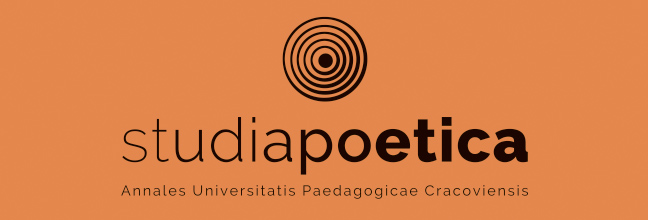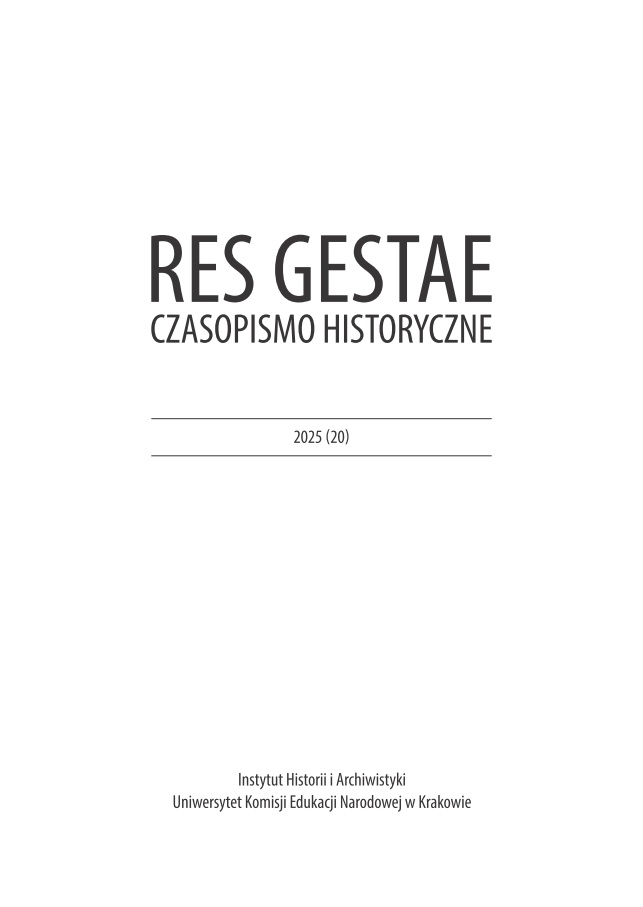The Čeklís Branch of the Hungarian Noble Family of the Esterházys in their Čeklís Manor (Bernolákovo, Slovakia) in the Mirror of Book Culture
Main Article Content
Abstract
The Čeklís Branch of the Hungarian Noble Family of the Esterházys in their Čeklís Manor (Bernolákovo, Slovakia) in the Mirror of Book Culture
The Esterházy family was one of the most important noble families of Hungary, not only in the public but also in the cultural life of the country.
The aim of this study is to explain the nature and use of the noble library of a prominent member of the Esterházy family - a top Hungarian official and provincial judge Jozef Esterházy (1682–1748) in the Čeklís manor (Bernolákovo, Slovakia) against the backdrop of the cultural and social conditions of the Kingdom of Hungary in the 18th century. This is analyzed in the context of acquisition motivations and the library's influence on the activities of Slovak Enlightenment scholars.
The authors pose the following research questions:
What were the conditions for the development of noble libraries in 18th-century Hungary, and what role did they play in the intellectual history of the country?
What was the thematic composition of Jozef Esterházy’s library in the Čeklís manor, and what motivating influences can be identified in the building of its collection?
What role did the aristocratic library in the Čeklís manor play in promoting the scholarly activities of the Slovak Enlightenment?
Results: Despite the unfavorable social conditions of the 18th century, marked by the Turkish wars and anti-Habsburg uprisings in the Kingdom of Hungary, some noble families managed to establish and develop rich and valuable family libraries even during this challenging period. A notable example is the Hungarian Esterházy family, whose members built one of the largest and most significant libraries in the history of Hungary between the 17th and 19th centuries, internationally known as the Esterhasiana Biblioteca. From the 1760s, Hungarian noble libraries in Baroque manor houses became centers of modern Enlightenment literature and ideas. Many aristocrats, when building their library collections, were guided not only by their personal interests but also by the higher goal of supporting local intellectuals, Enlightenment scholars, and writers in their regions and courts, lending their books to them. This motivation is also evident in the creation of Jozef Esterházy's (1682–1748) noble library in the Čeklís manor. The main source for studying this library is a preserved catalog from 1749. The thematic composition of Esterházy's library collection follows contemporary trends and reflects his education, profession and interests. His library primarily served as a tool for study and was a daily necessity for him. The 1749 catalog lists 881 works covering topics such as religion and theology, history, philosophy (scholasticism), law, geography, linguistics (dictionaries and textbooks), economics, agriculture (especially horse care), classical literature, mathematics, architecture, military science, and medicine. The need to gain a deeper understanding of social or political events and to understand historical contexts motivated Jozef Esterházy to acquire many important European historical works, and he sought out reading historical and biographical literature in his spare time. Jozef Esterházy also concentrated on acquiring books by Hungarian writers, both their scientific and theological works, regardless of denomination. Quite a large part of the books in his library were Protestant "forbidden" books, which, as a recatholizer of his estates, he also read in order to get a better understanding of Protestant issues. The composition of Esterházy's library also reflected his military career and his need to educate himself theoretically on the subject - it consisted of numerous militaria, among them the most influential military writings of the Western world. Joseph Esterházy's intellectual horizons also included law, economics, geography, and architecture, which was one of his greatest passions - each of these disciplines has its own subject group in his library. He paid particular attention to the acquisition of ancient writings, one of his favourite books being Ovid's Metamorphoses. Thanks to his erudition, relationship with science and literature, generosity, and acquisitions of works critical to Hungarian research, Jozef Esterházy attracted Hungarian scholars, historians, writers, and literati. He lent his books to the most prominent Slovak polymath and Enlightenment scholar Matej Bel (1684–1749), a figure of European significance, who used the count's books in writing his historical works on Hungary. Among the key figures connecting scholars with the Esterházy Library in Čeklís during the 18th century are the librarian and archivist of Jozef Esterházy - the Hungarian historian Gabriel Kolinovič, and also the cataloguer of the Esterházy´s Library and later historian - Samuel Székely de Doba. Another very important Enlightenment scholar who worked at the Esterházy court in Čeklís after the death of Jozef Esterházy as a Catholic chaplain and used their library was the Slovak linguist, the initiator of the revival of the Slovak language in Hungary and the first codifier of the written Slovak language, Anton Bernolák (1762-1813). In Čeklís, later renamed Bernolákovo in his honor, Bernolák compiled his most important linguistic works on the Slovak language.
Key words: book culture, aristocratic libraries, Kingdom of Hungary, Esterházy aristocratic family, 18th century, Čeklís mansion (Bernolákovo, Slovakia), Jozef Esterházy (1682-1748).


